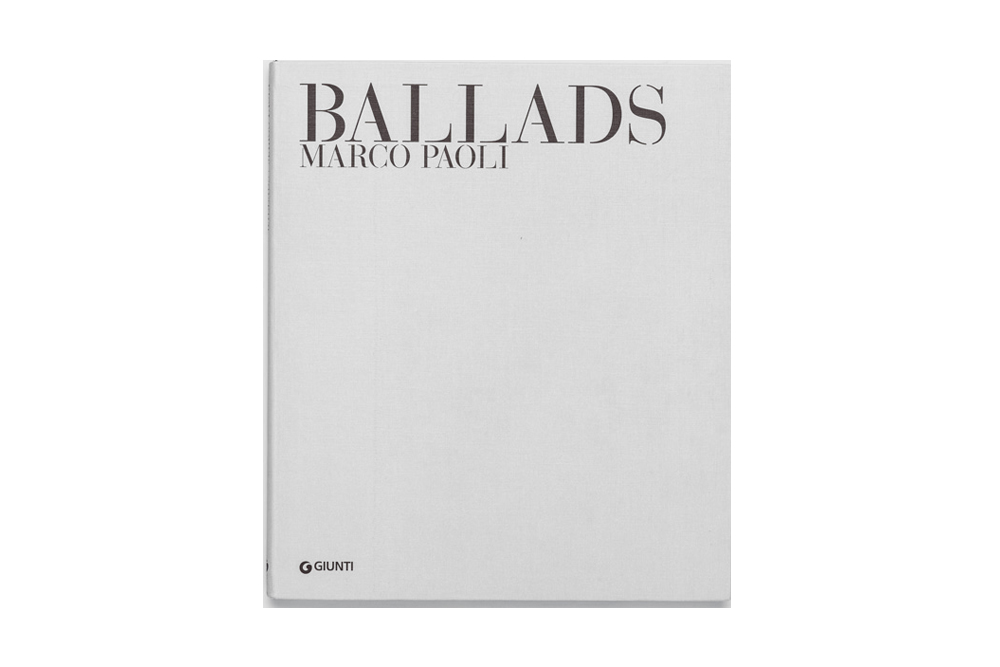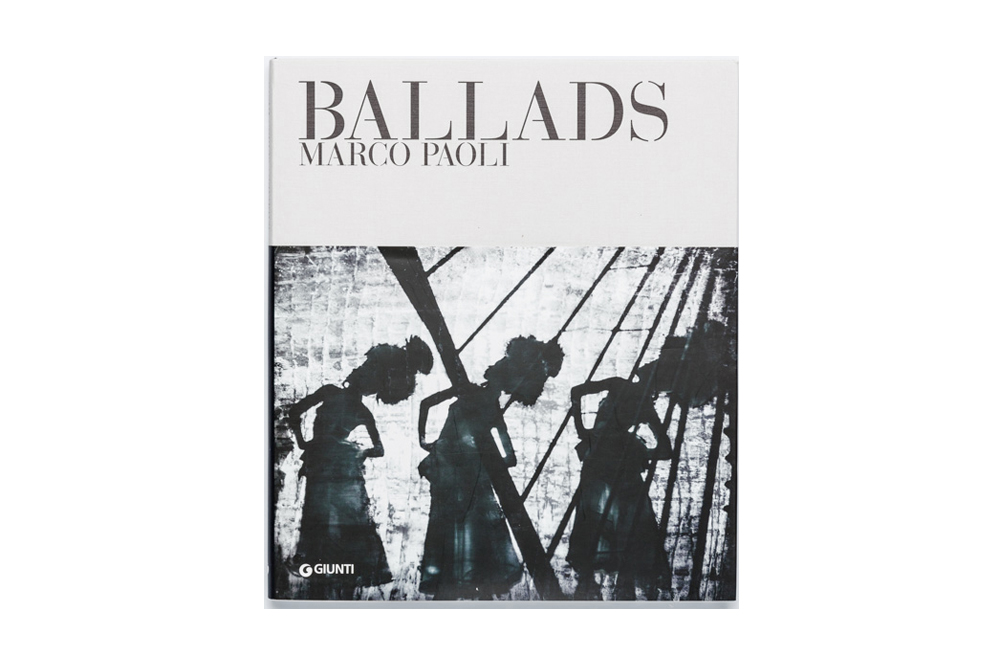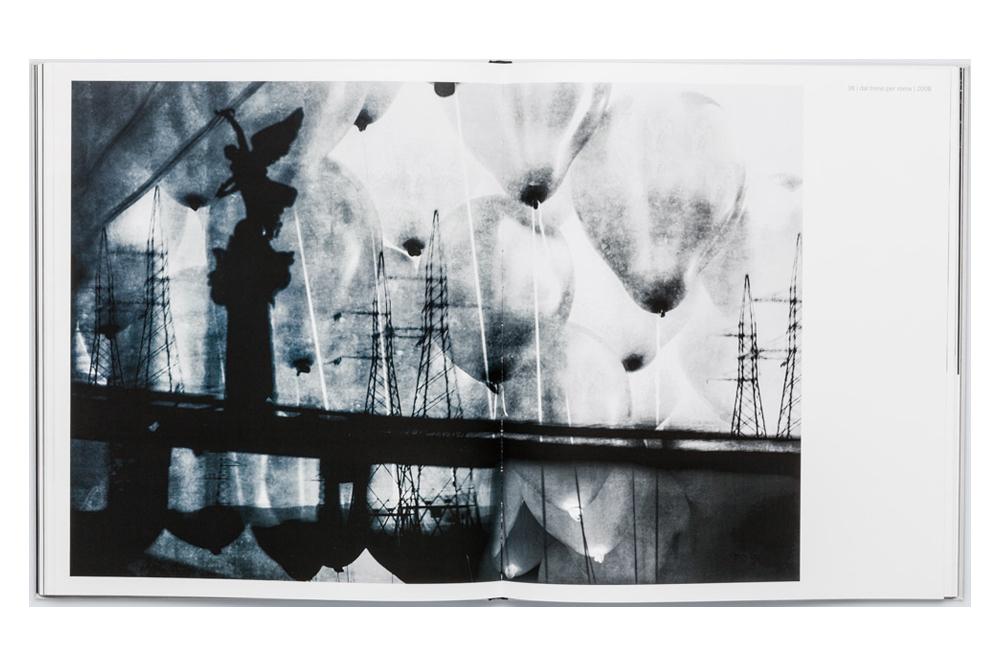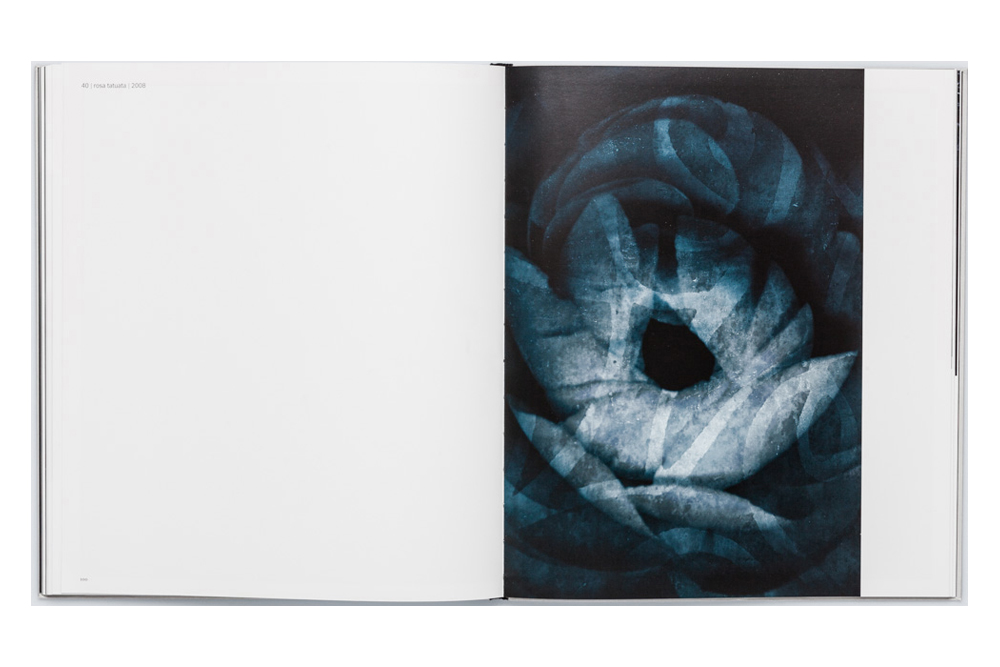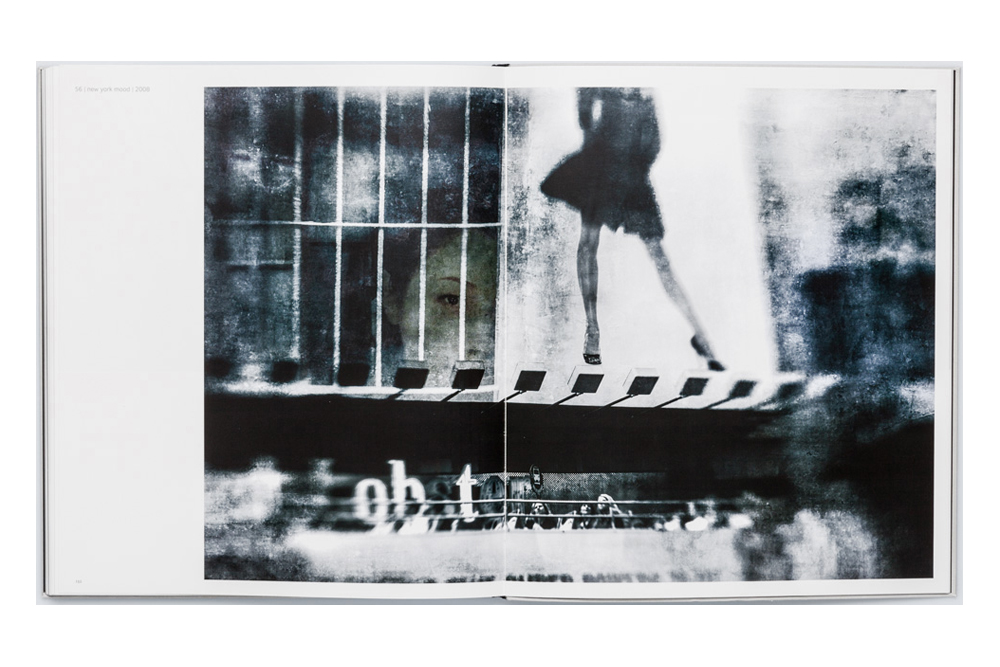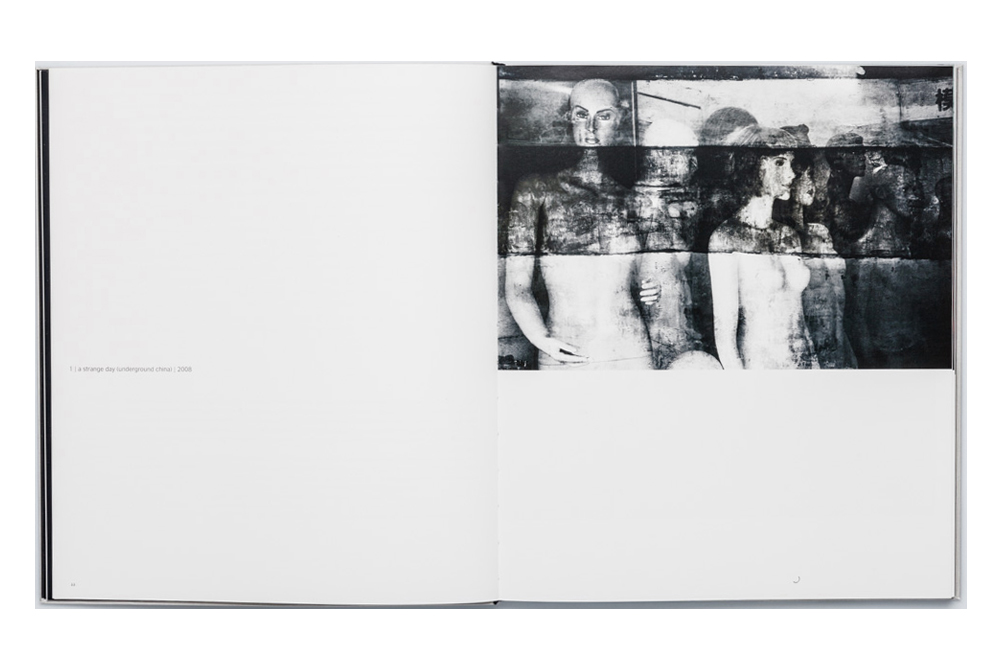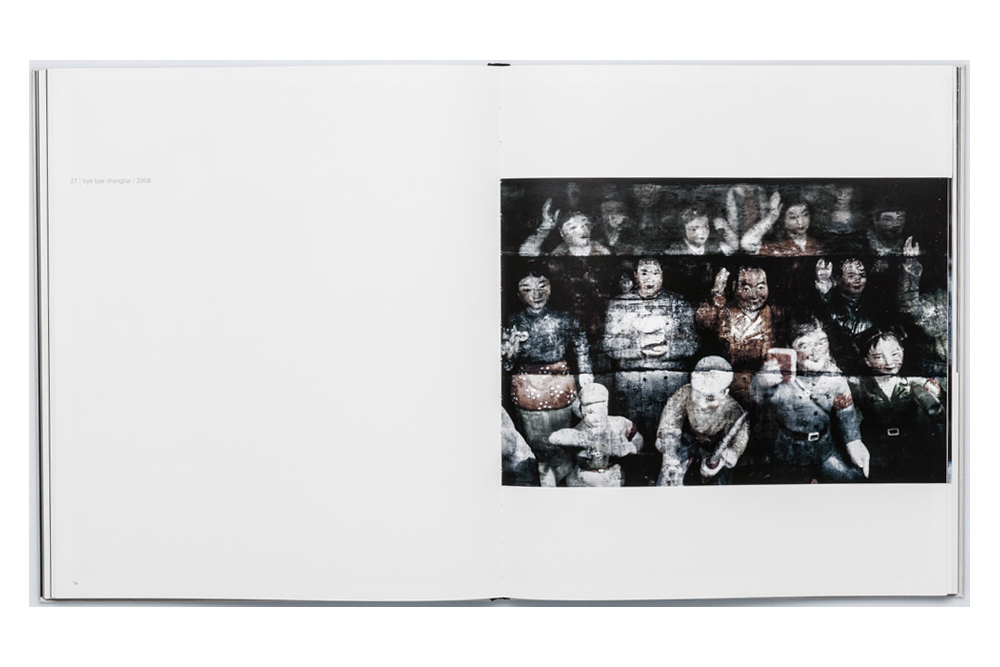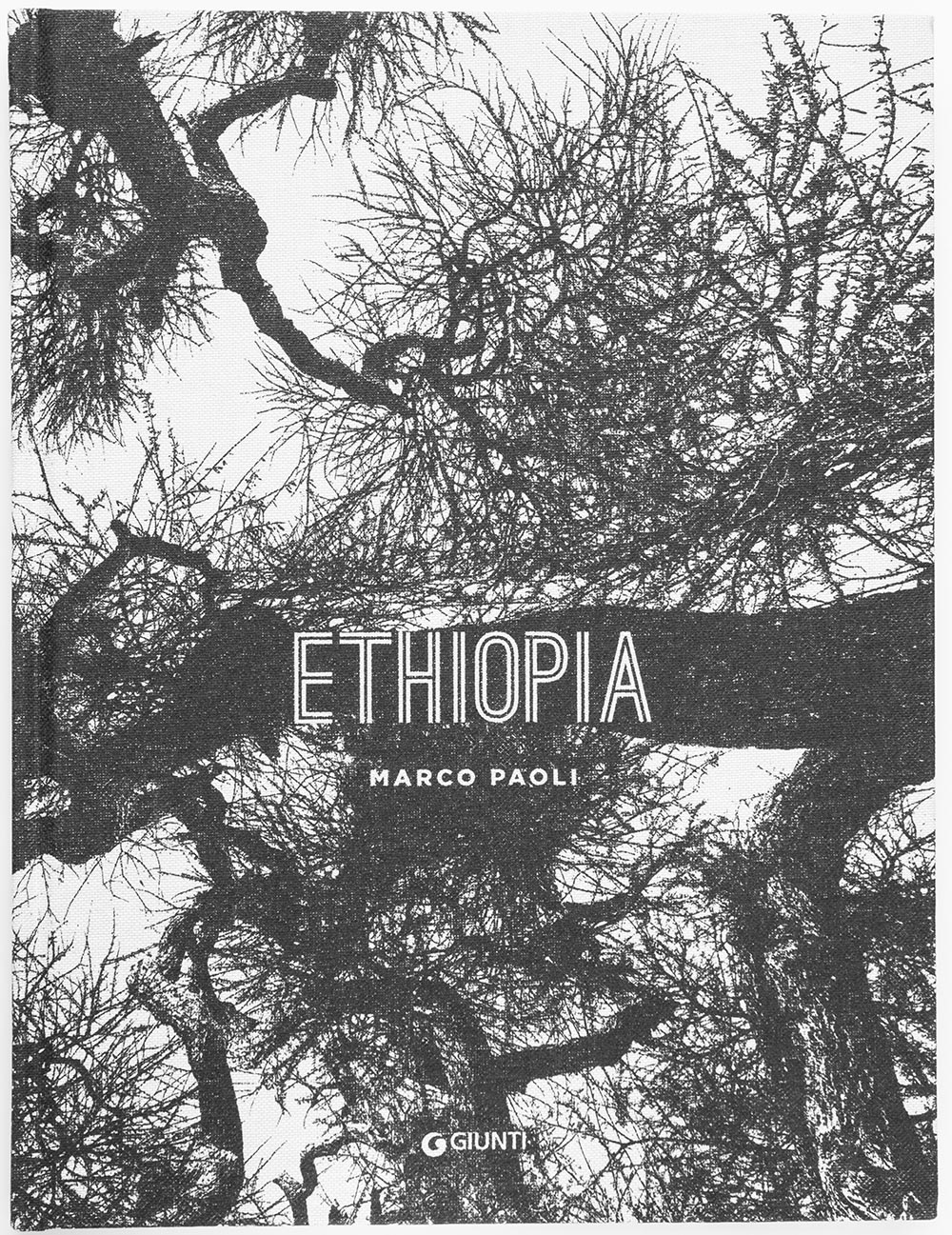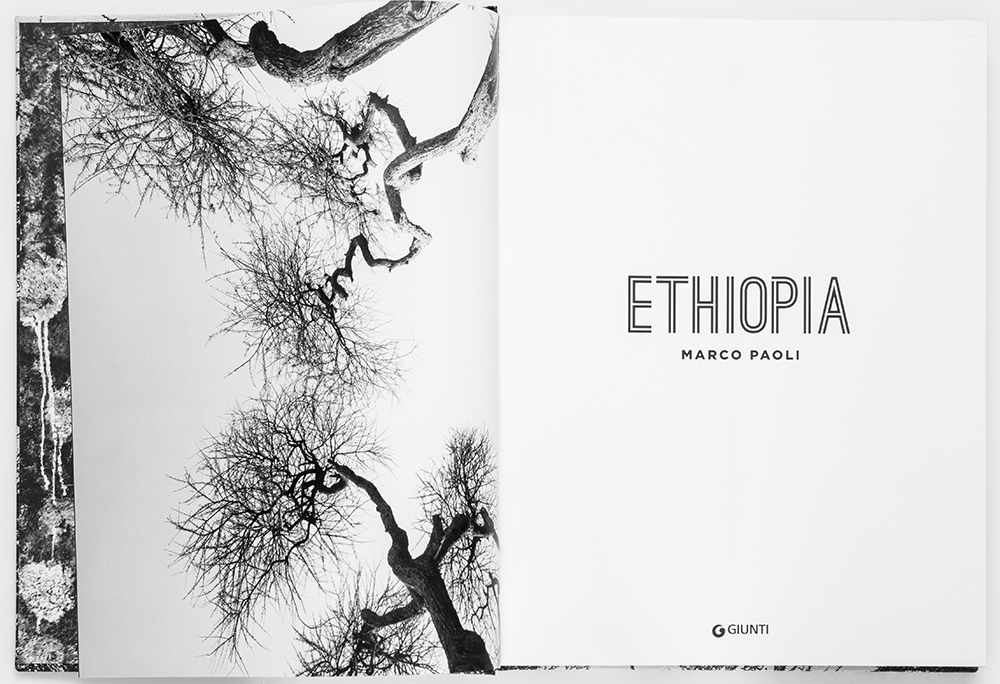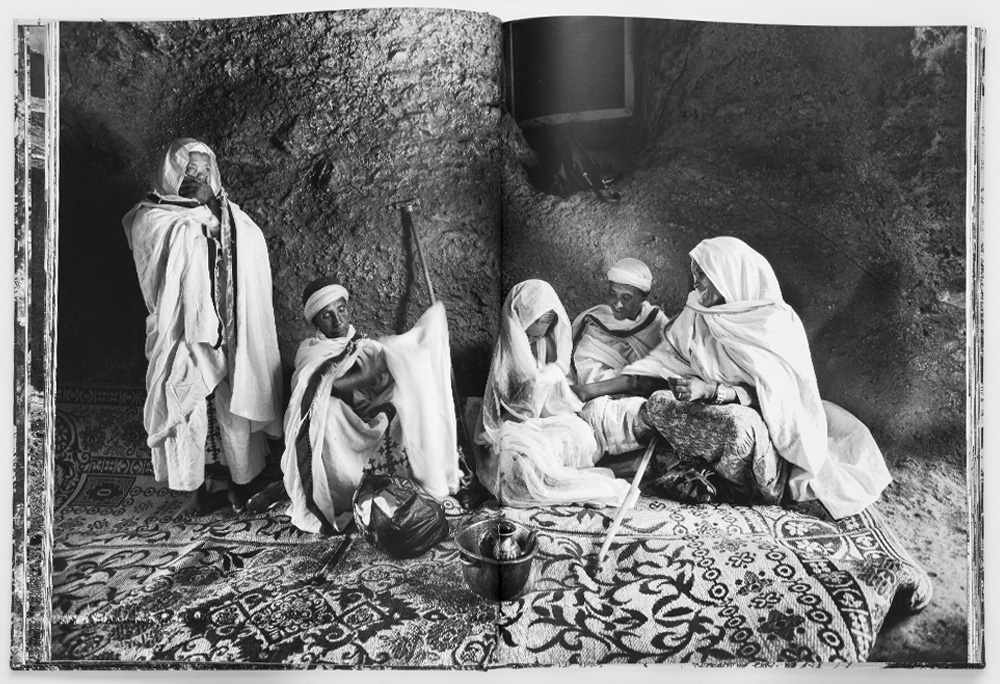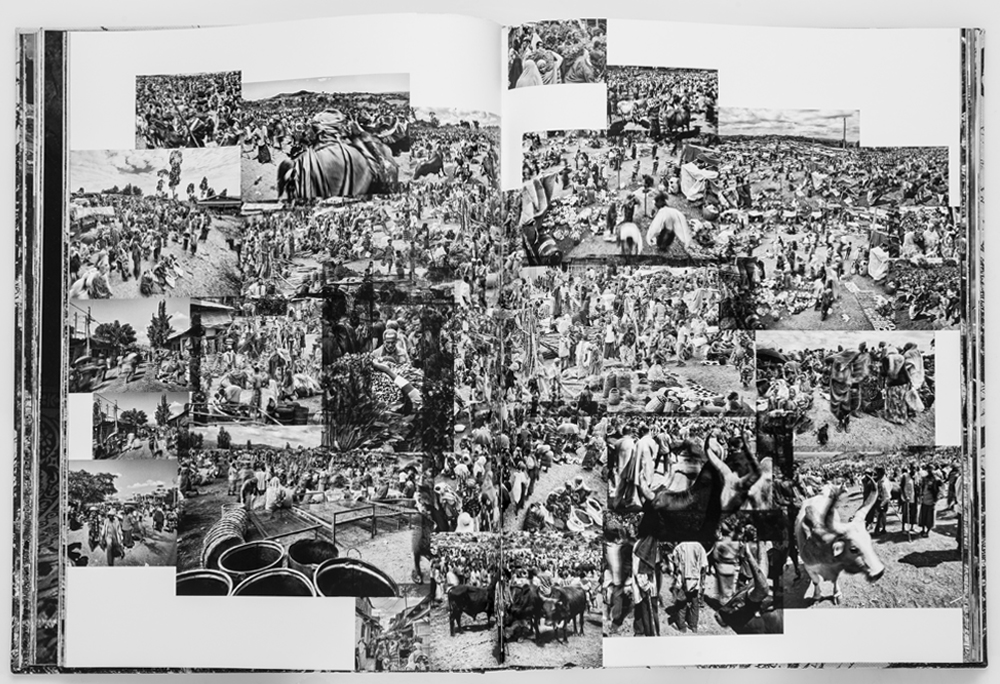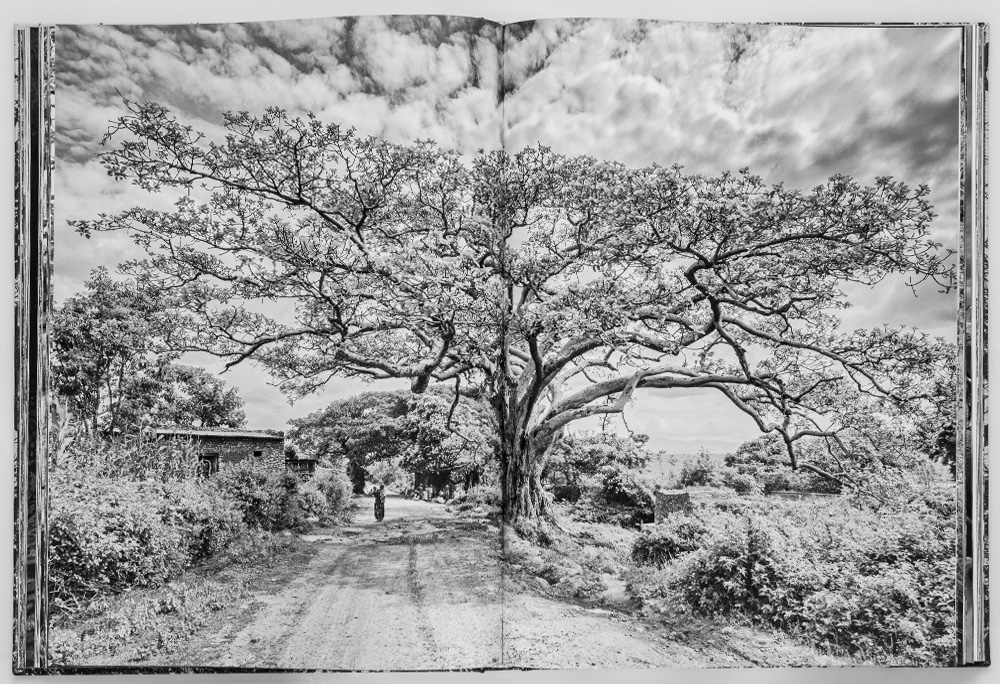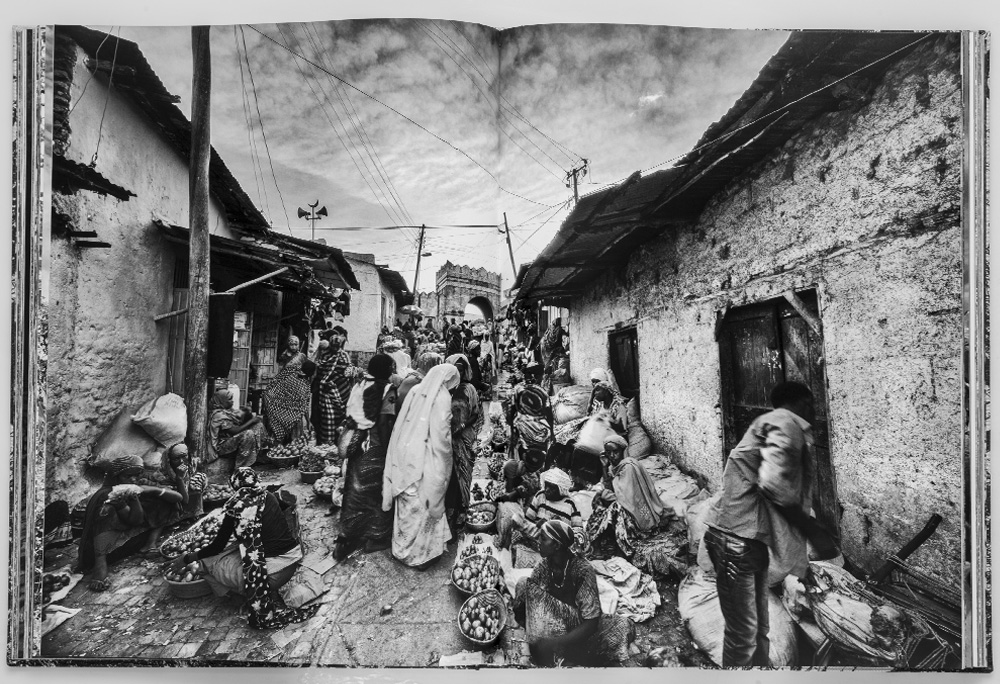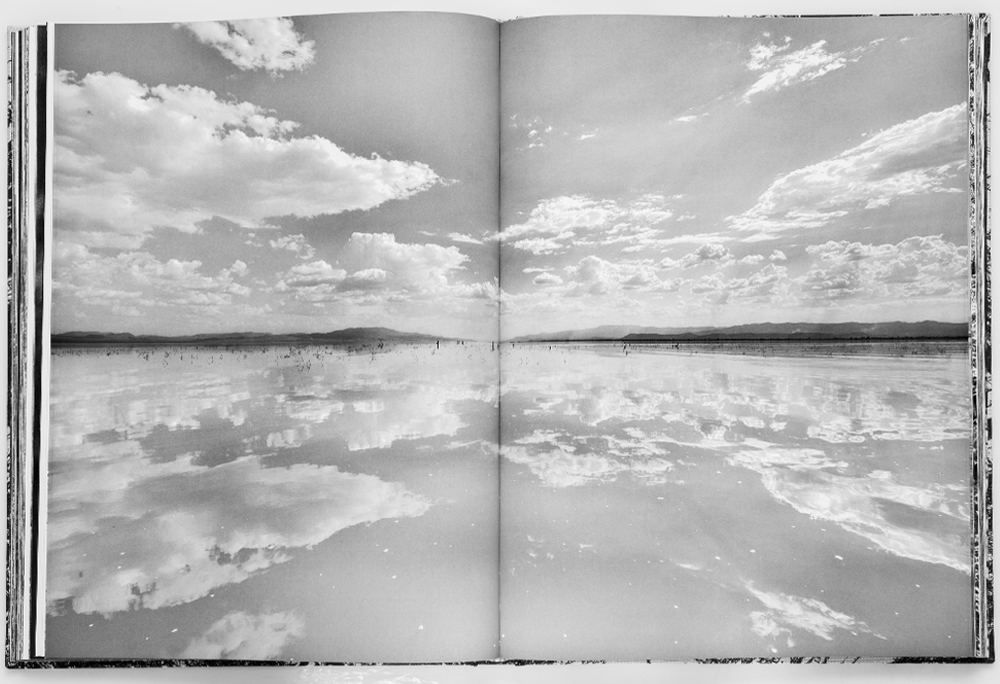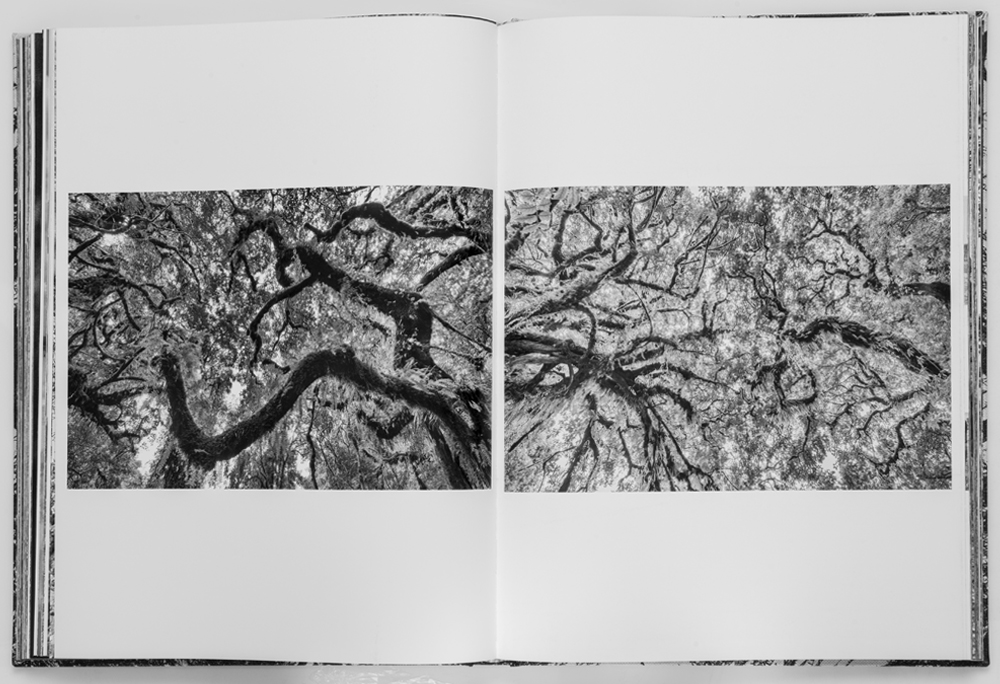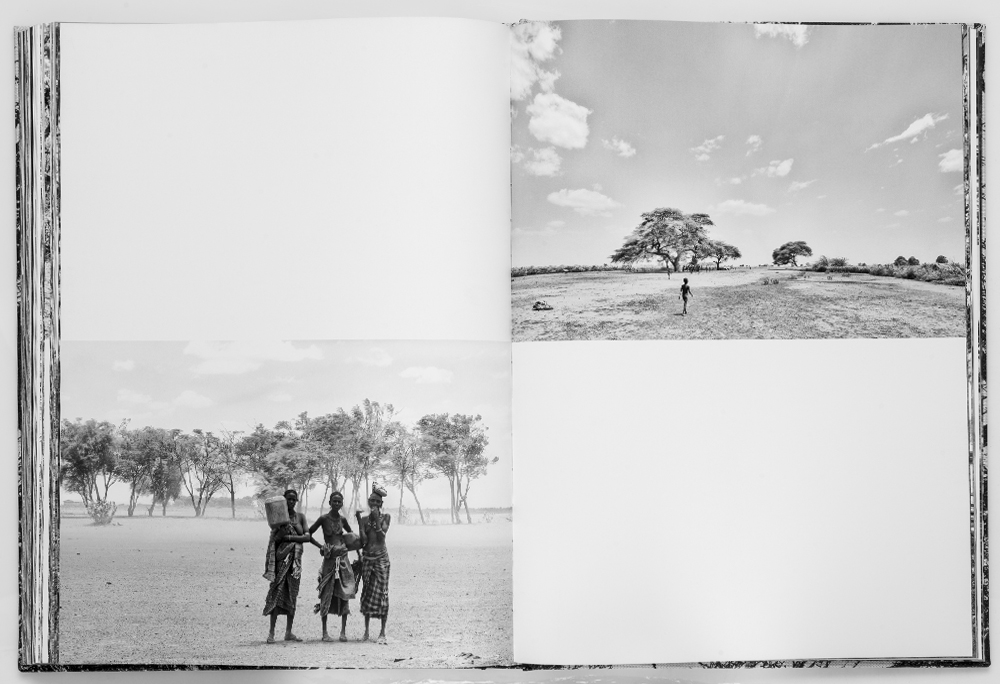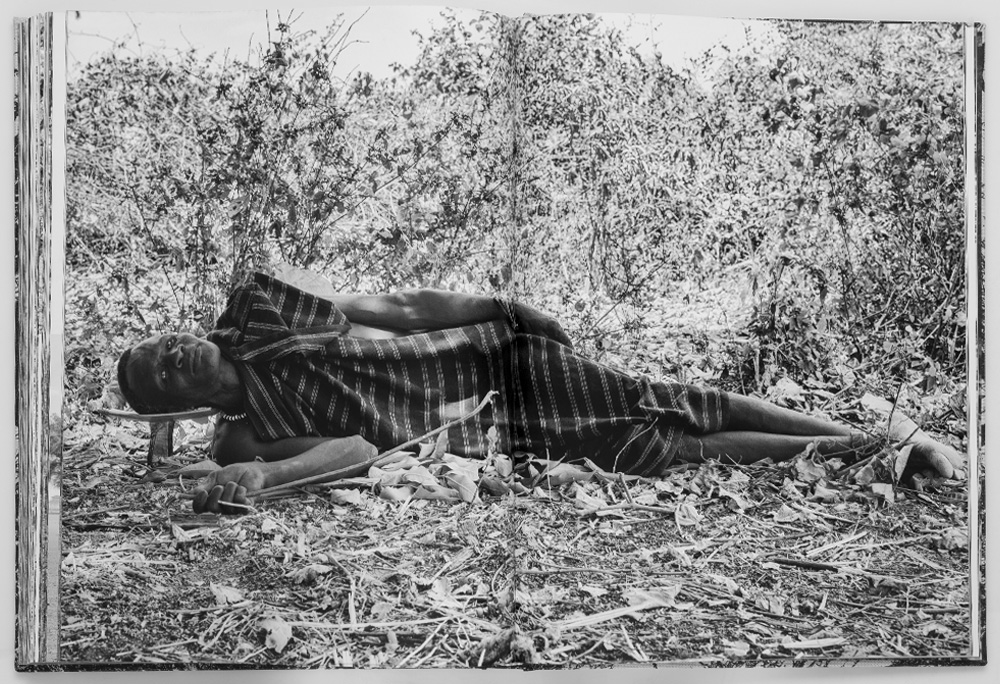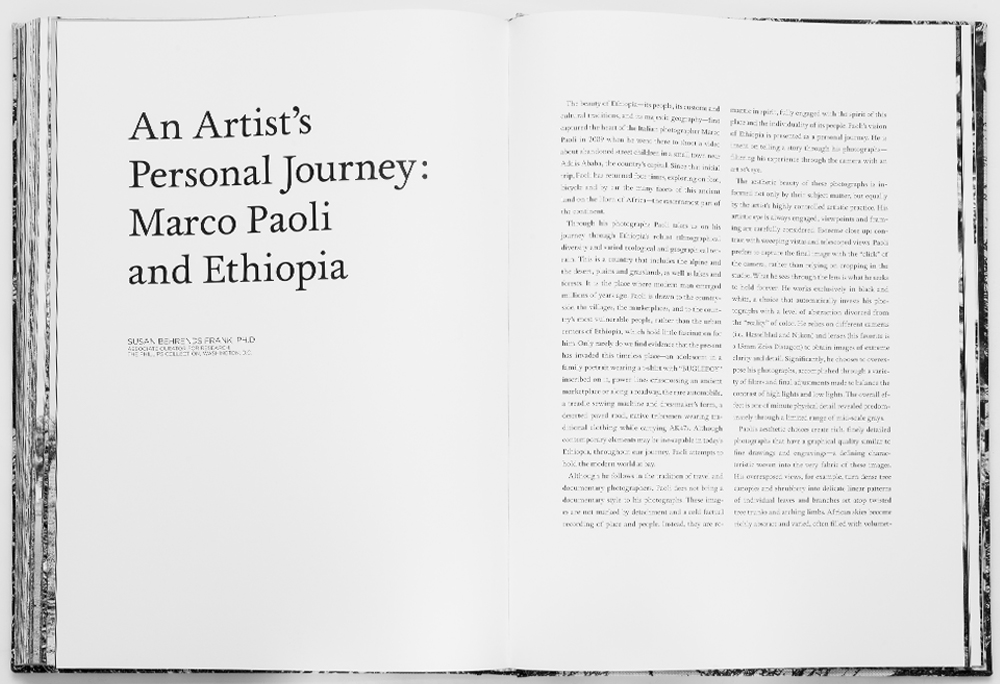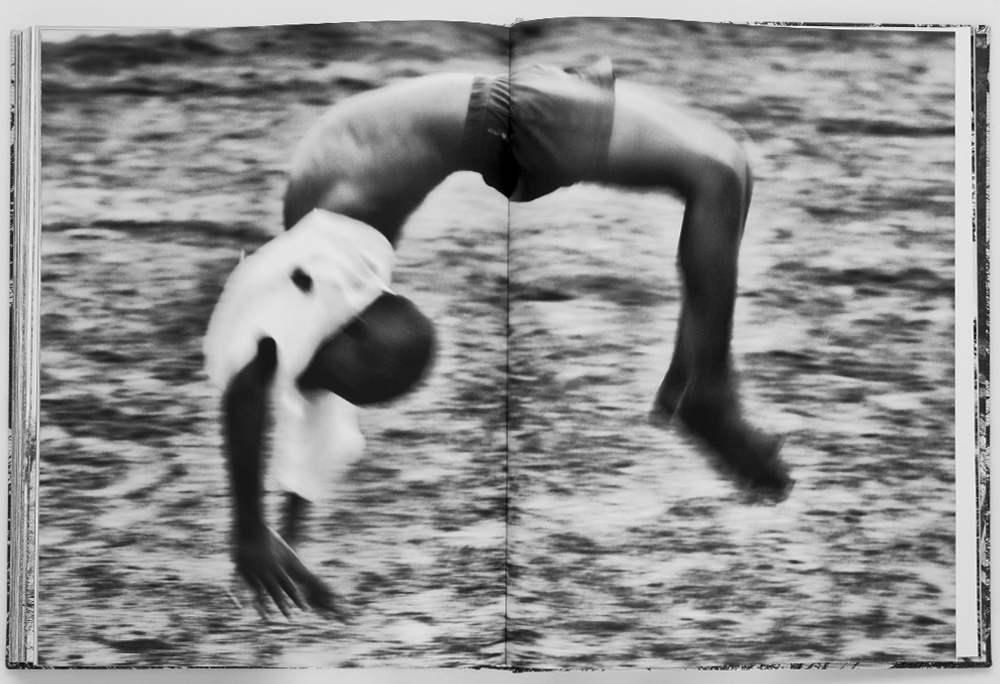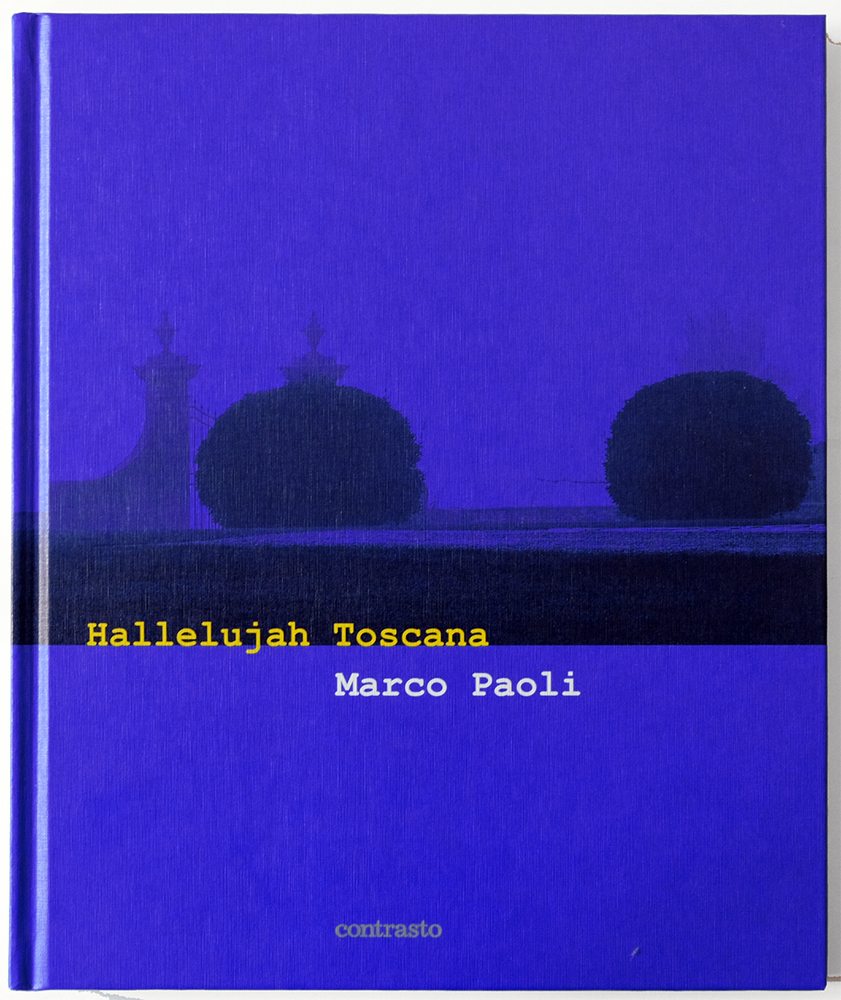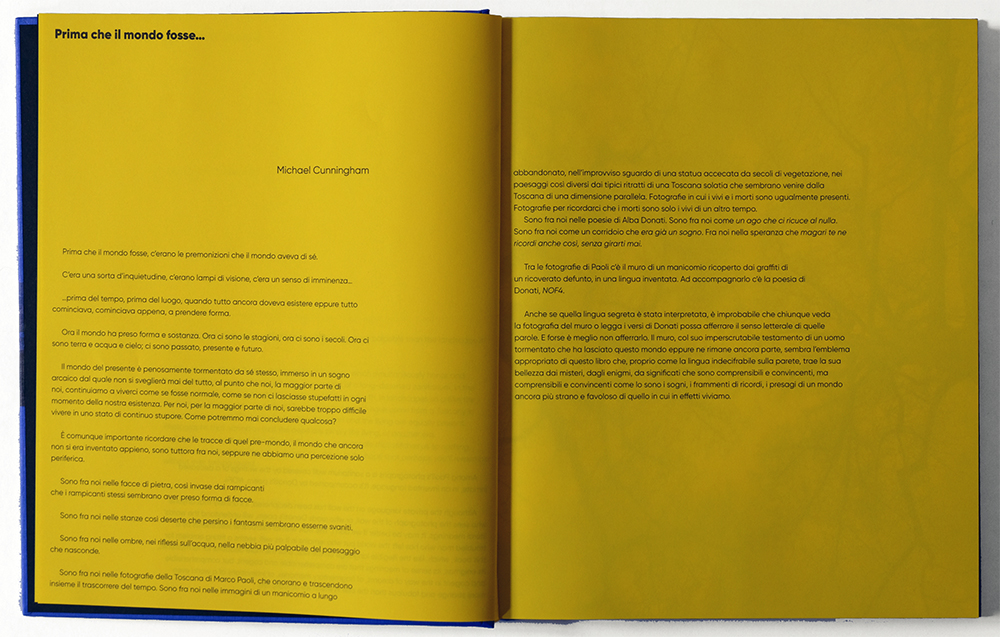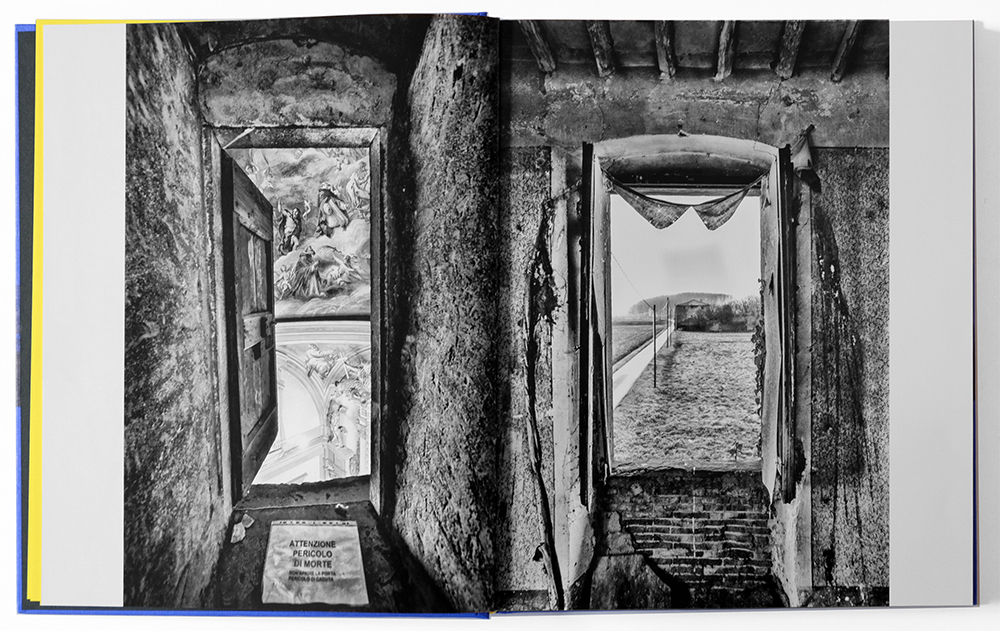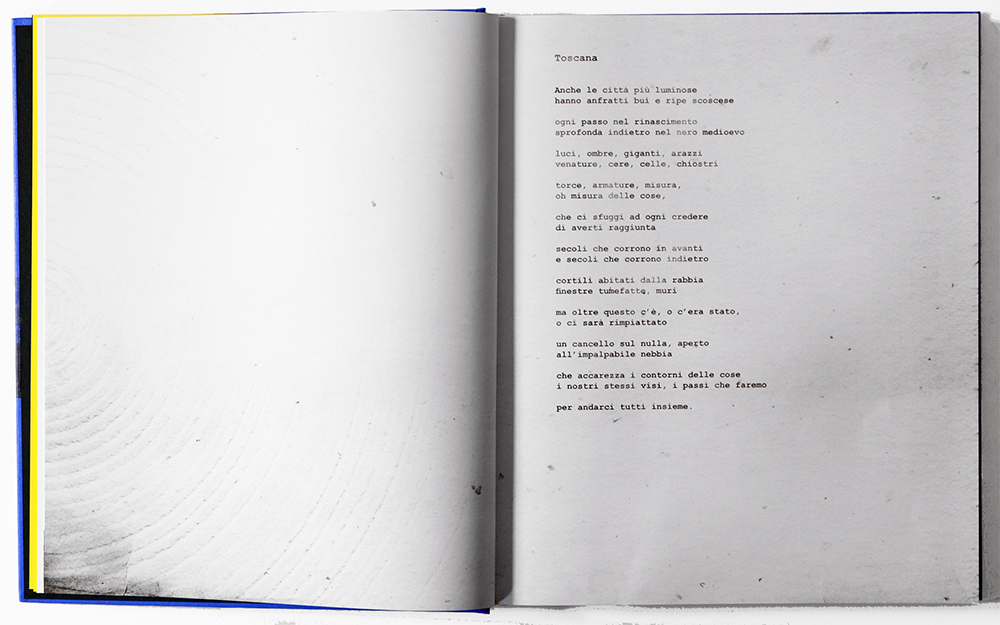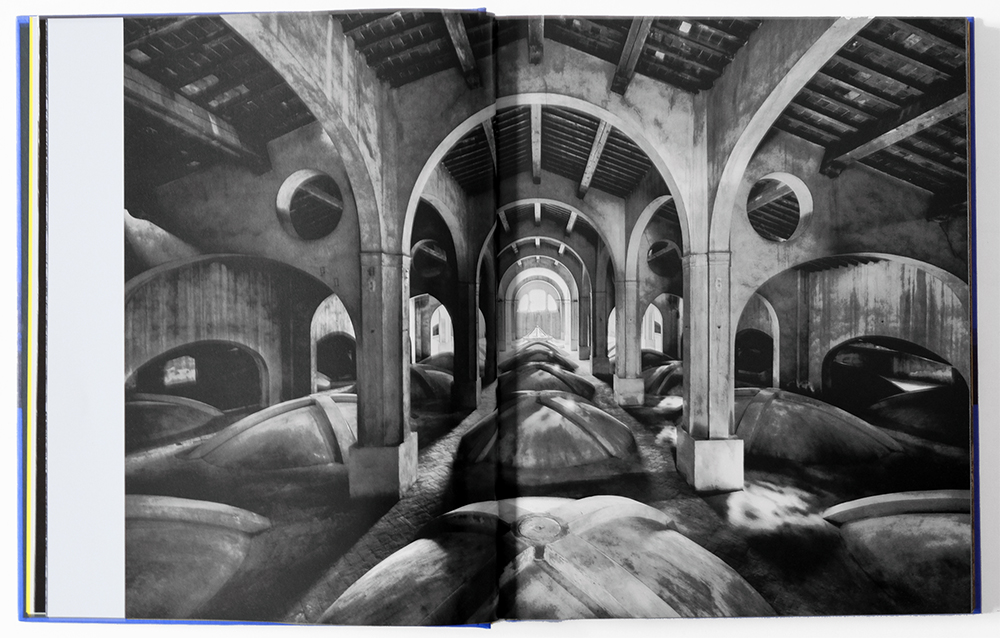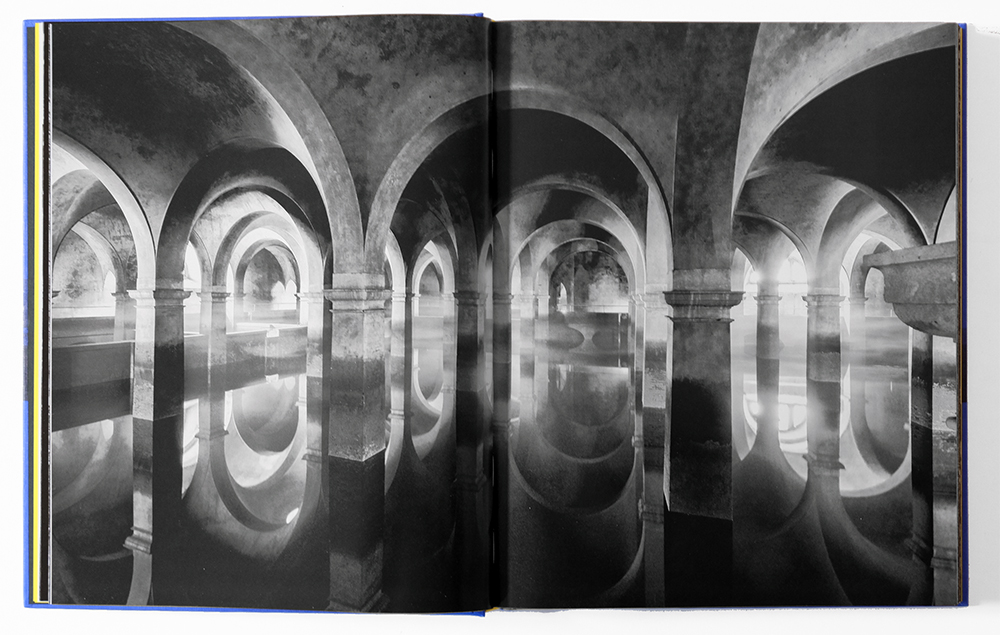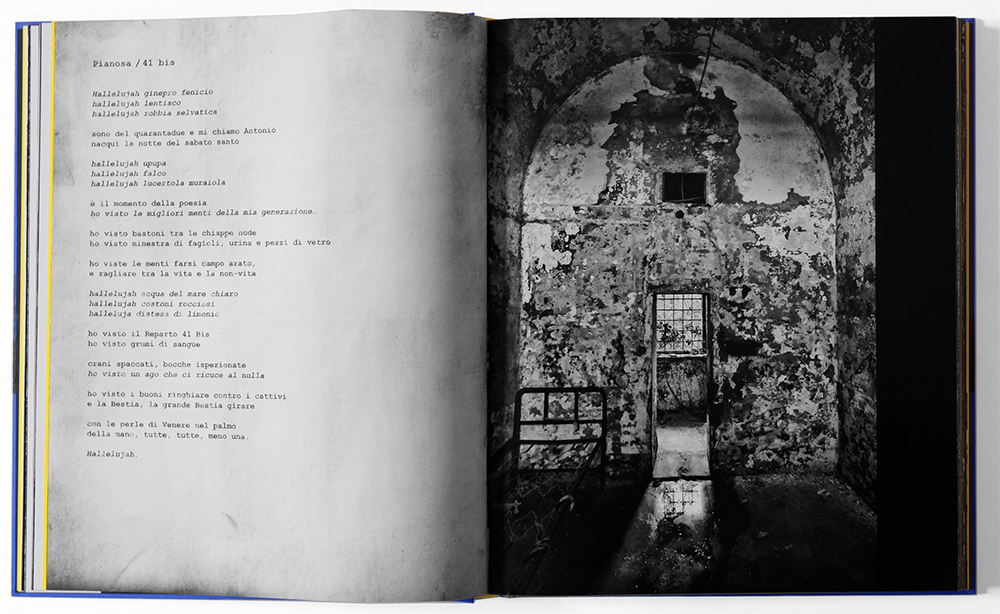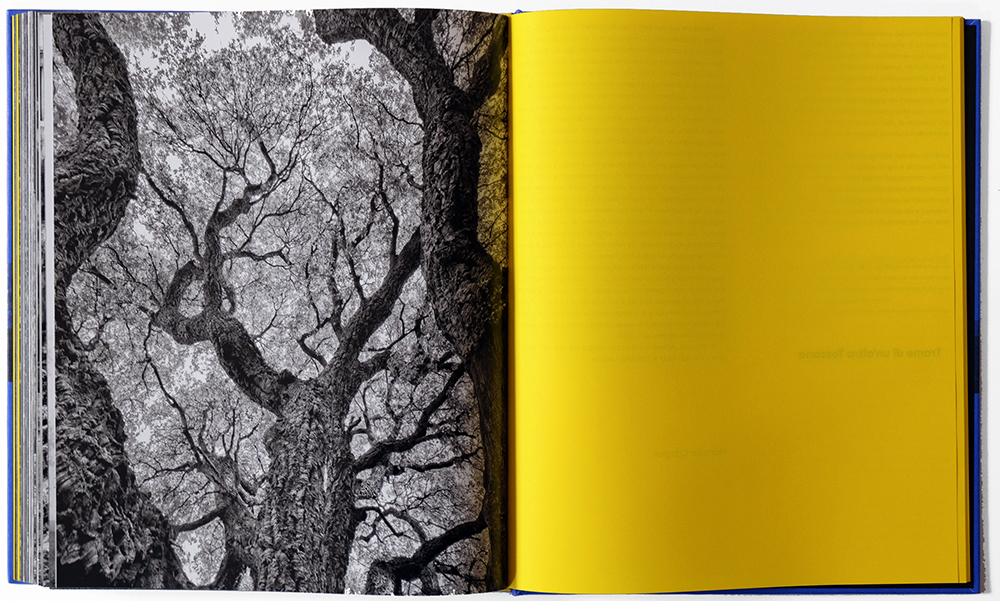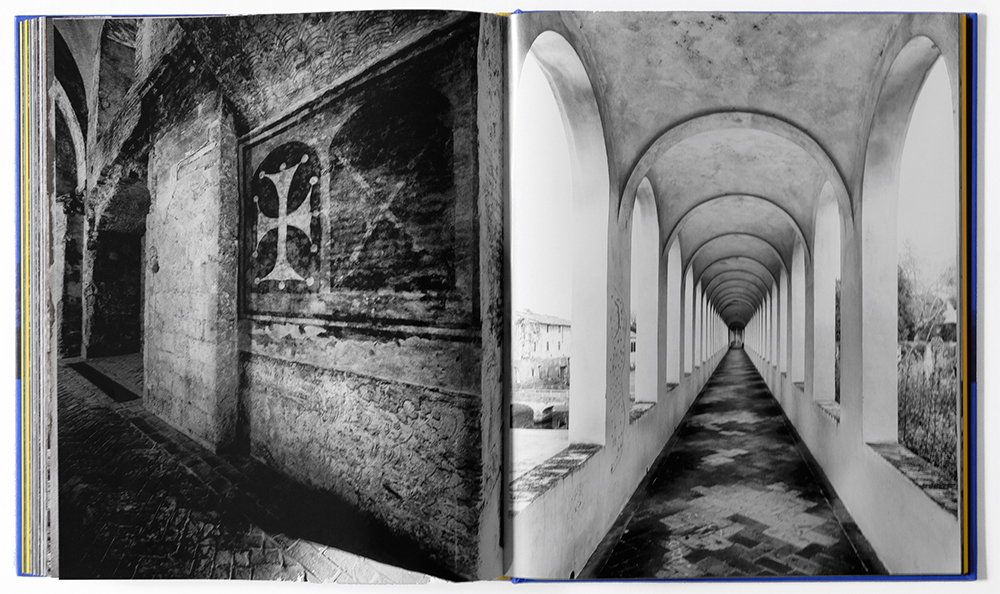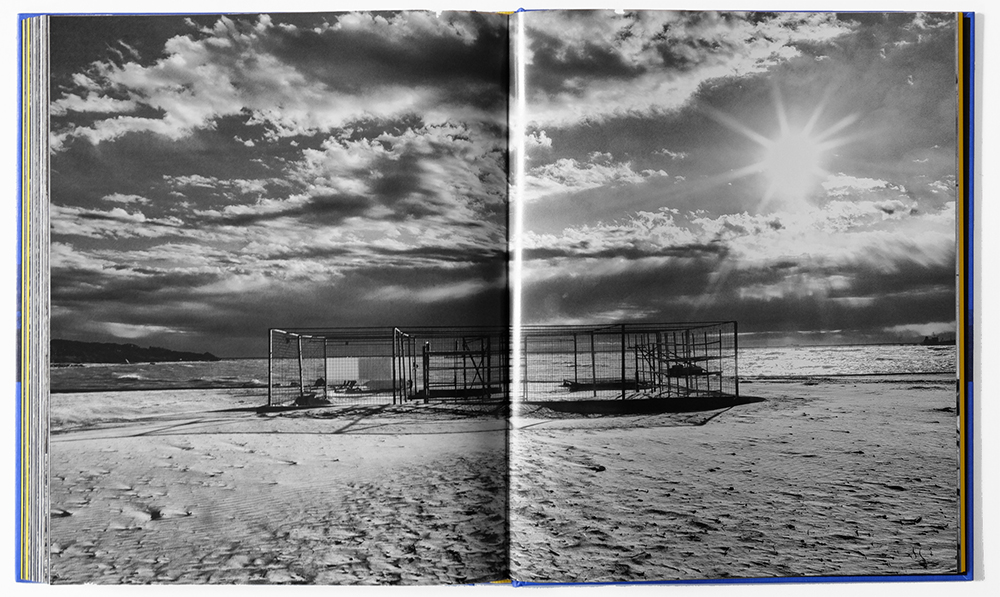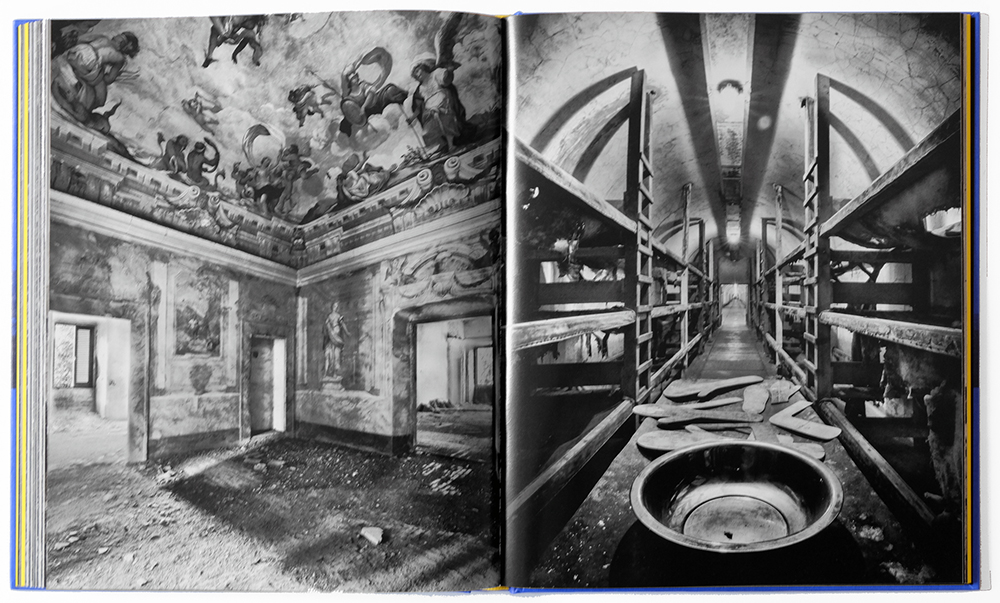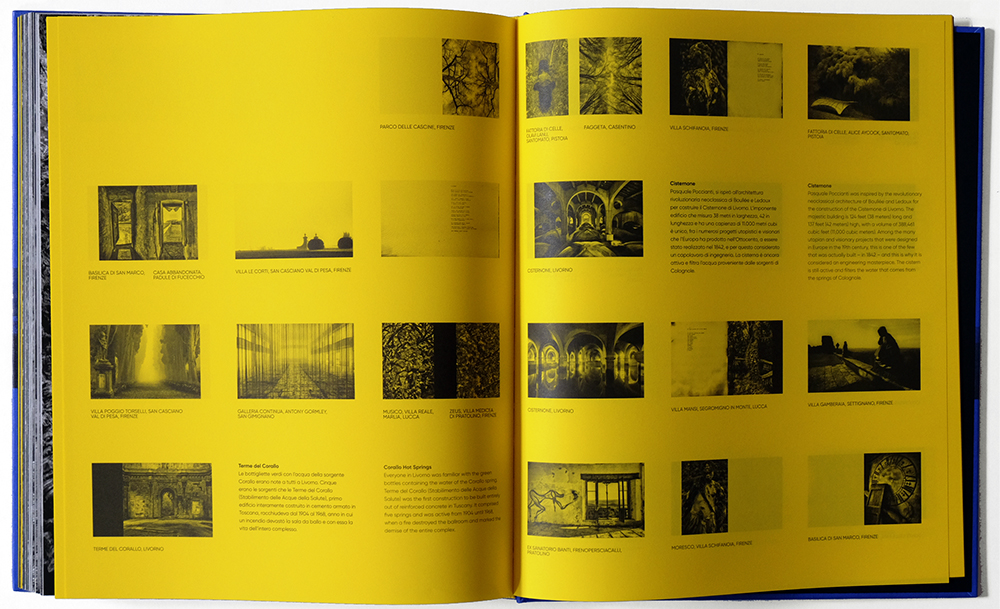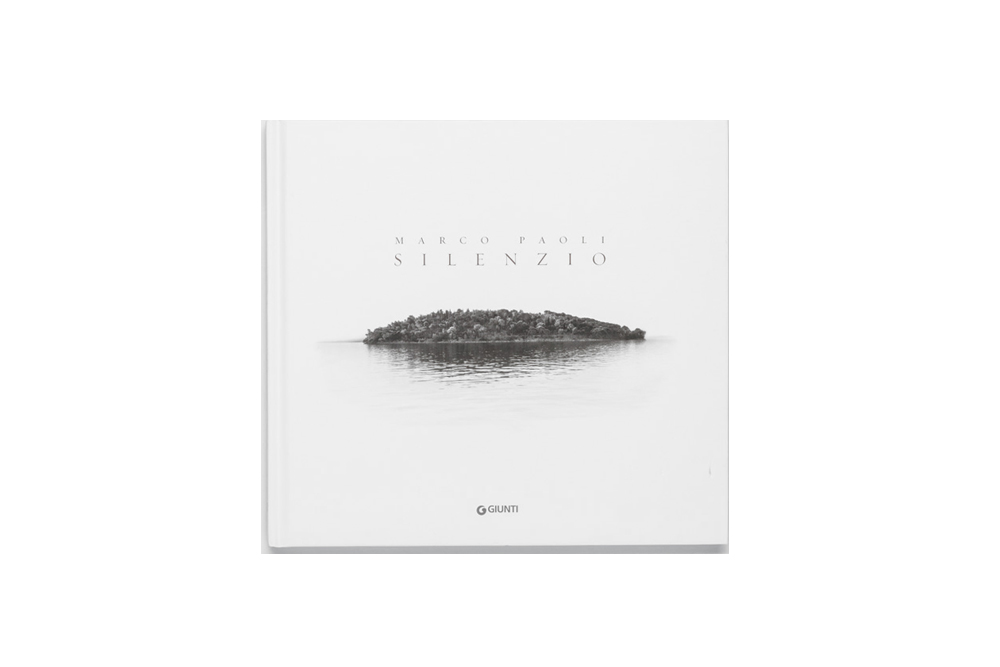
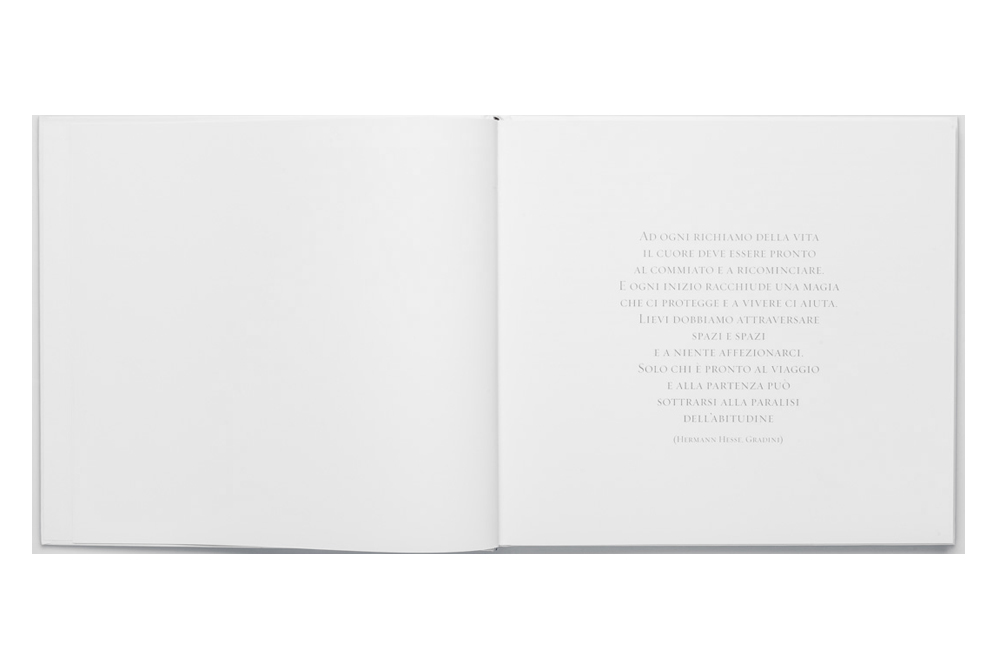
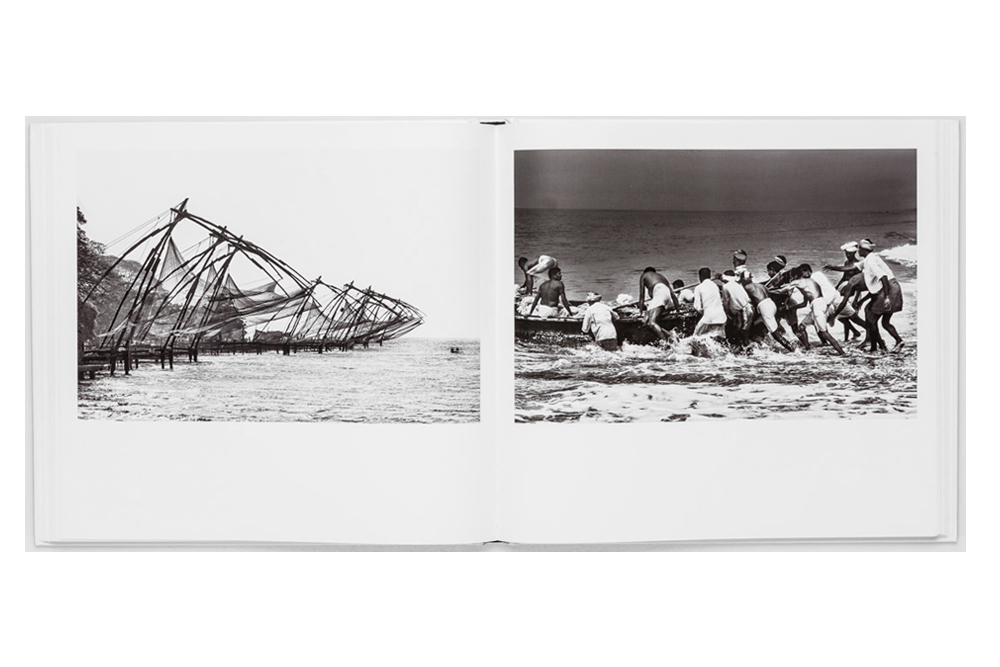
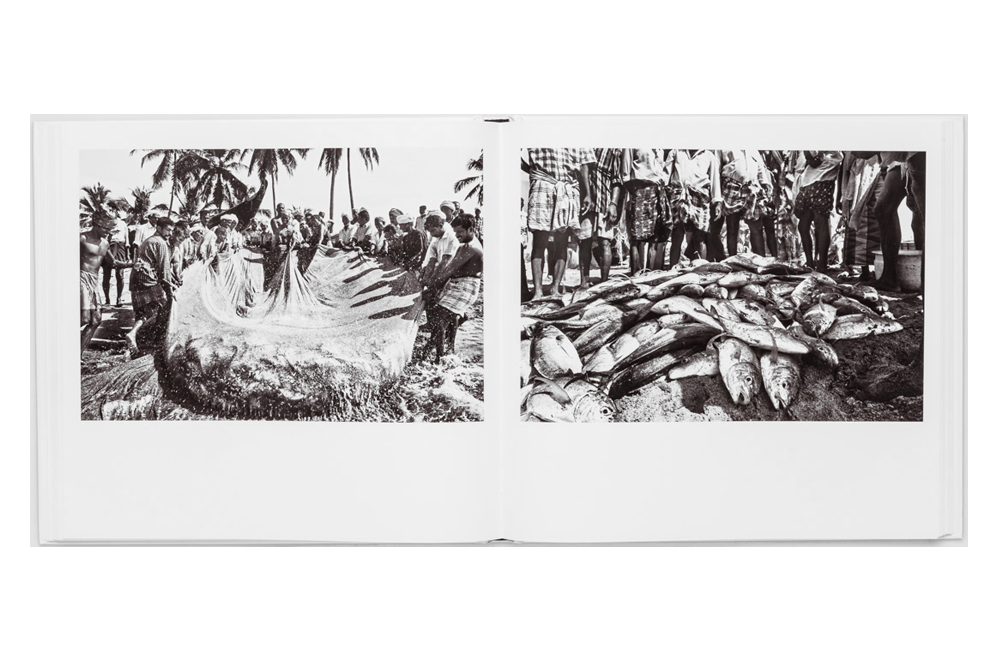
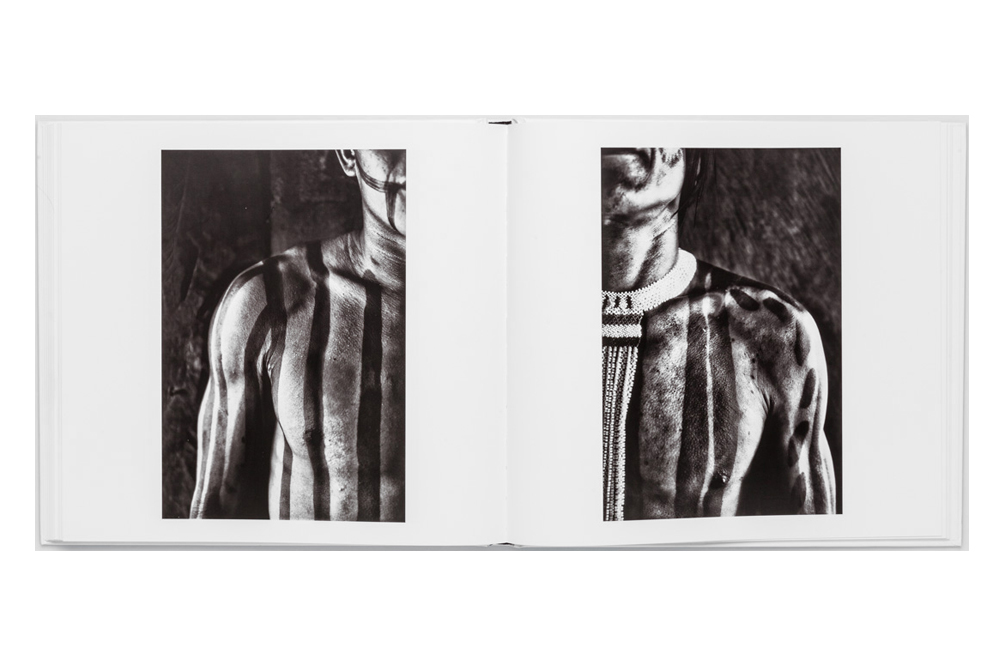
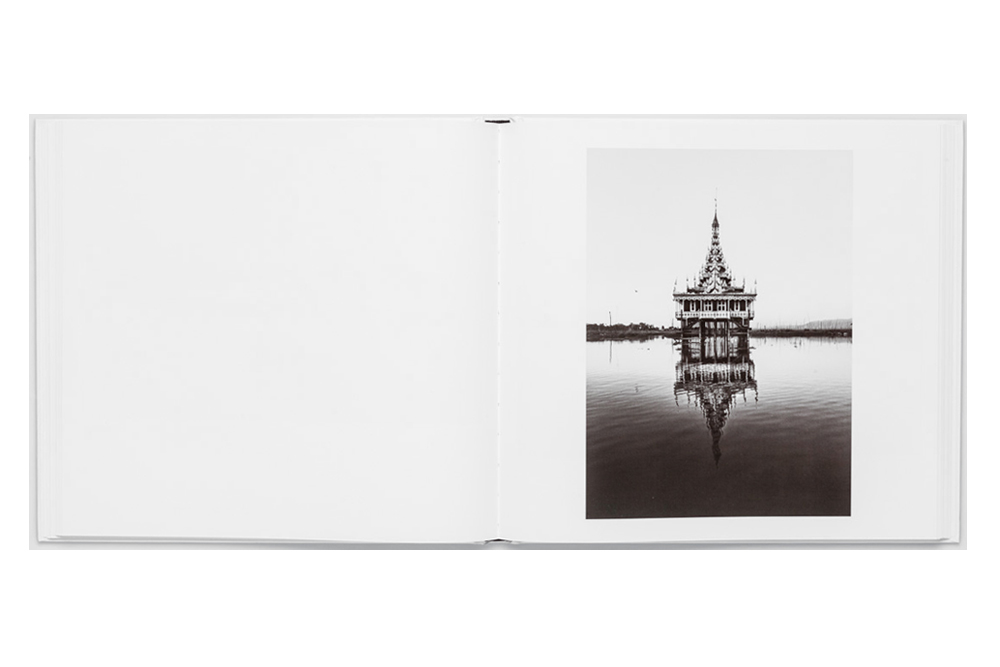
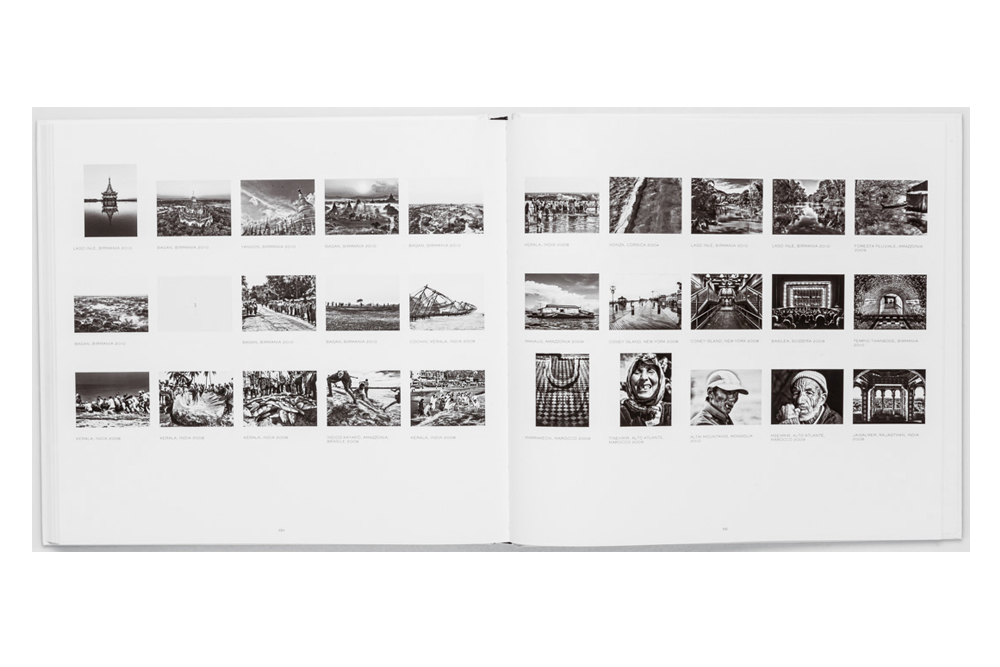


An inspired and far-reaching elegiac poem that starts from minimalist vistas and slowly unwinds gifting us with visual and emotional impressions in a crescendo of intensity: an ashen line traces the horizon of the sea, a minature sun slowly plunges in, the colors of radiance are transfigured into somber darkness. Every image is an allegory and an essential component of the story-line. Like the tiles of an elaborate mosaic, the images converge to reveal a portrait of the landscape within. Traveling is a spiritual adventure: the seeker finds what is already within. With Silenzio however, geography is secondary: whether it be Asia, Africa or the corner down the street from home, traveling is proof that contemplation is salvation and it is everywhere to be found, as long as we know how to see it.
This work was conceived as a ballad in the style of the blues. The manipulation of images through different techniques such as the use of multiple exposures, juxtaposition, cutting out and filling in with color, all contribute to a deliberate shift away from an objective image to its mental representation. Colors are altered and images are digitally layered. Travel photographs are intermixed with blown-up details that are manipulated and transformed using different techniques such as bees-waxing, masking and oxidizing. View points and scales are modified to suit different interpretations and details are inserted that were absent at the time the picture was shot. The traditional view of photography as an objective medium is deliberately violated, in order to generate images that do not exist, other than in the realm of individual consciousness. In this work photography first presents filtered shreds of reality and then wanders into the infinitely more vast and uncertain terrain of memory.
The desolate and wonderful landscape of Ethiopia and its people are the protagonists of this book: pilgrims on their way to a shrine, farmers, small villages, huge solitary trees, darkness and blinding light, salt caravans, nomads, wide uplands, children playing and the mythical city of Harare. 120 photos where the tones of black & white seem to recreate those subjects and lift them out of reality. The origins of this work go back to 2009, with the production of a video about street children in Soddo, a town south of Addis Abeba. Since then, the photographer/Paoli returned to Ethiopia four more times to explore this multifaceted and ancient land on the Horn of Africa. Four separate journeys: on foot, by bike and by car. These images are intensely interconnected with the soul of this place, its geography, its majestic trees and with the people met along the way. The outcome is an intimate journey, a photographic tale which communicates the emotion of the impact with this land - so wide, so different and so untiring.
Marco Paoli travelled through Tuscany as if it were the last strange and wild land to discover. The pictures of Hallelujah Toscana tell a different, magical and mysterious region, in any case a land never seen before. The charm that those places can take on whom who look at them is increased by the choice of black and white and by the relationship between the author and the texts that contribute to the visual storytelling as a sort of choral counter melody. The poems by Alba Donati, president of the Scientific and Literary Cabinet G.P. Vieusseux, become actual descents into the heart and history of gardens, of houses, of open or enclosed spaces, while the telling of the Pulitzer Prize Michael Cunningham, that fits in as a third voice, immerse us in a set of different places, romantic or painful, left to their own or treated as by heavenly gardeners, fascinating or simply alive, from time to time crossed by history, by the chronicle of joys or sufferings, by art, by the flow of time, or by the immobility. In Hallelujah Toscana we can find everything - from the villas of Lucca to the quarries of Carrara, from the Fairies' Spring in Poggibonsi to the Padule of Fucecchio, from Pianosa prison in the Orrido di Botri to the catacombs of Santa Mustiola in Chiusi - everything as it was under the beam of light of the first day of creation or the first day after the end of the world.







